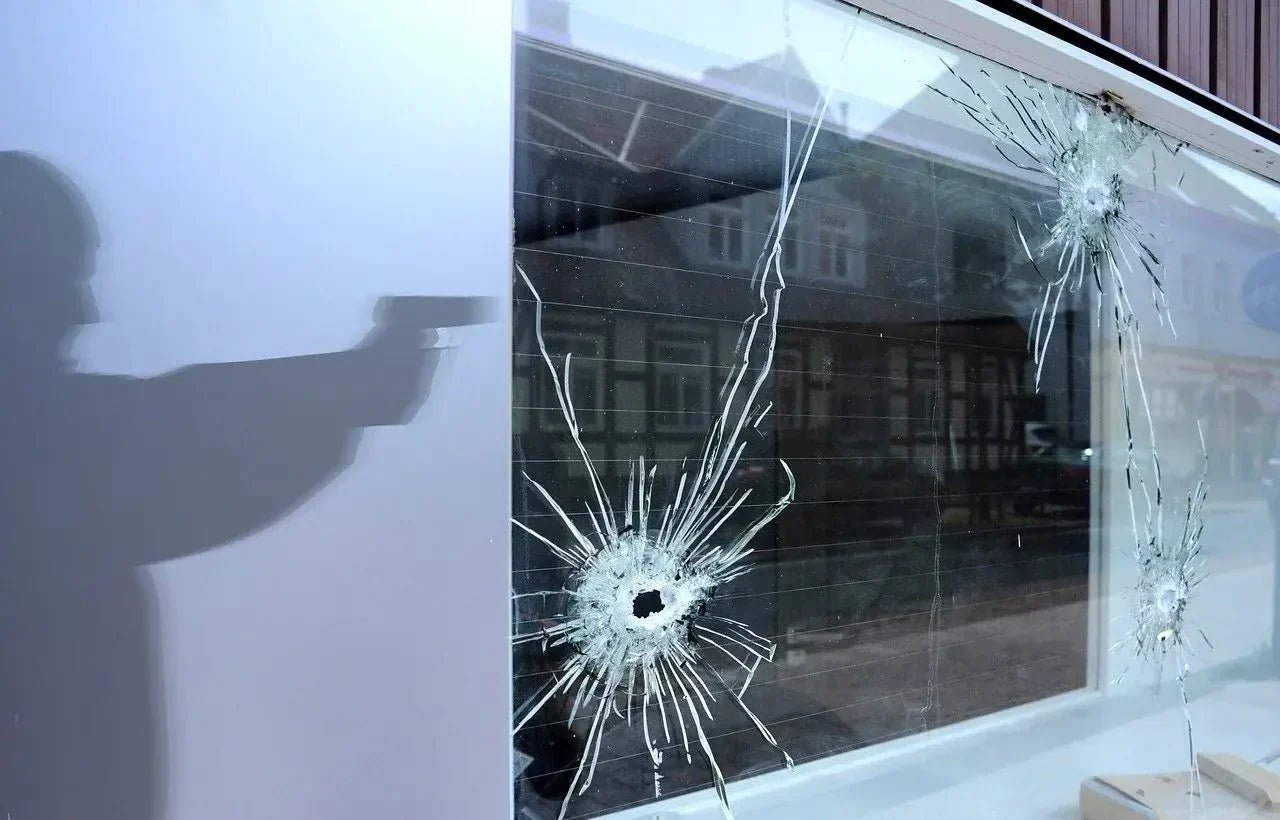17 Dec 2017
- 0 Comment(s)
In terms of security, most homeowners do not pay as much attention to windows as they do with doors. But windows are vulnerable to intrusions, being one of the most common entry points of burglars. Statistics reveal that 23% of burglars enter a home through the first-floor window, the second most common entry point after the front door. A significant number of convicted burglars (30%) also admit getting access to a home through open or unlocked doors or windows. It’s practically like inviting intruders into your fortress.
This is why securing windows should not be taken for granted. It is not enough that you have a sturdy door, you must also make sure that your windows can stand home break-in attempts and provide a reliable layer of defense.
There are many ways to burglar-proof your window and you’d be surprised that you can secure them almost effortlessly.
Windows have locks, too

Photo courtesy of Zaglite via Pixabay
In case you haven’t already heard, windows, not just doors have locks too, and they are just as important in home security. Locks will add complication to a burglar’s pursuit, and they are most likely to abandon their plans if they see that they have go through these obstacles.
There are different kinds of locks for different window types. Vinyl window locks, pin locks or window sash locks. They are affordable and easy to install.
You may augment your locks by installing bright flood lights over your windows. Burglars hate lights and would think twice about getting caught.
Toughen up your windows
As much as you want doors sturdy enough to withstand force entries, you must also make sure that your glass windows are tough enough to resist intruders. There’s plexiglass, which is as thick as regular glass, but ten times stronger. Polycarbonate windows are even tougher. They are pricier than regular glass, but it is a smart investment to have.
If you think tough windows are not enough, you may also install iron bars with small spaces. It may appeal jail-like to you, but know that there are a wide variety of steel and iron bars to choose from. In order to save on costs, you may also just choose to install impact-resistant glass and iron bars or grills on first floor windows.
Install window sensors
 Photo courtesy of fbhk via Pixabay
Photo courtesy of fbhk via Pixabay
The primary complication for burglars is a security system. A study of convicted burglars found that about 60% of burglars are intimidated by the presence of a home security system, and would immediately flee and target another home.
Add another layer of complication by installing window sensors. There’s a lot to choose from depending on your preferences and their compatibility with your current system. For Lynx and Honeywell Vista Users, you may want to consider getting Honeywell 5800mini. This Honeywell window sensor is compact and features a wireless receiver, built-in signal transmission, and low-battery LEDs. On the average, it can get you a 200-feet radius for placement. And because it is wireless, you need not to have the ability to run wire during installation.
Also compatible with Lynk and Honeywell 5800 systems is the Ademco 5820L Slim Line Wireless Door/Window Transmitter, which is perfect for double-hung windows. Its transmitter has a case tamper protection. For those who have smaller windows, the very compact Ademco 5814 Wireless Micro Door/Window Transmitter is ideal. It is small enough to fit small entry points and are perfect for a tidy install because of its compact size.
If you prefer for your sensors to be concealed, the Ademco 5818MNL Wireless Recessed Door/Window Transmitter will do the job. It is compatible with Ademco, Lynx, and Honeywell systems and includes a self-contained transmitter and reed sensor. It has an outdoor range of over 1,000 feet.
Detect glass breaks
 Photo courtesy of 4180tina via Pixabay
Photo courtesy of 4180tina via Pixabay
Most windows are made of glass, and it is important that when one breaks or shatters glass, it can be detected by the system. The GE 60-873-95 / NX488 Wireless Glassbreak Detector, which is compatible with any GE alarm system with a wireless receiver, features up to a 20-feet or 6-meter range from the sensor to the window. It also provides excellent false alarm immunity without compromising detection abilities.
Another glass break detector is the DSC PG9922 PowerG, a two-way glass break detector that alerts your panel if the sound of a breaking glass is picked up by the sensor. It also features a tamper switch to prevent a burglar from tampering with the detector without causing an alarm.
One of the latest in glass break detection is the Honeywell FG1625RFM Glassbreak Detector, which offers FlexCore signal processing. With FlexCore, incidents of false alarms are minimized as the detector is equipped to tell the difference between the sounds of a breaking glass from other sharp noises. It can detect breaks in all types of glass including plate, tempered, laminated, and wired, among others. This type of detector only requires a 1-inch diameter hole to fit securely into a drop ceiling or sheetrock, and may be tested by clapping your hands while in test mode. You can also select the sensitivity by adjusting the two DIP switches in the unit with a small screwdriver.

